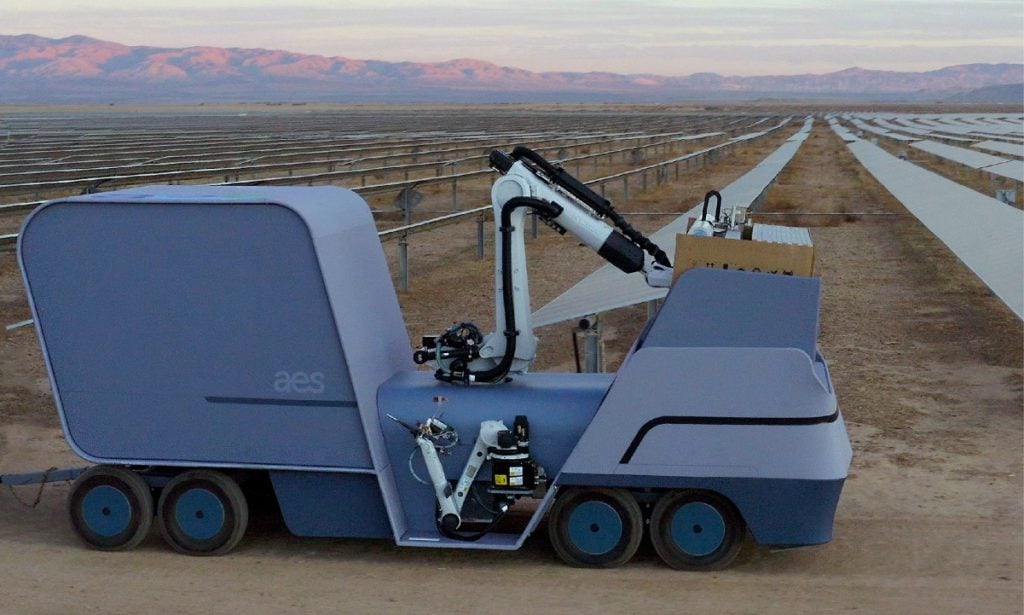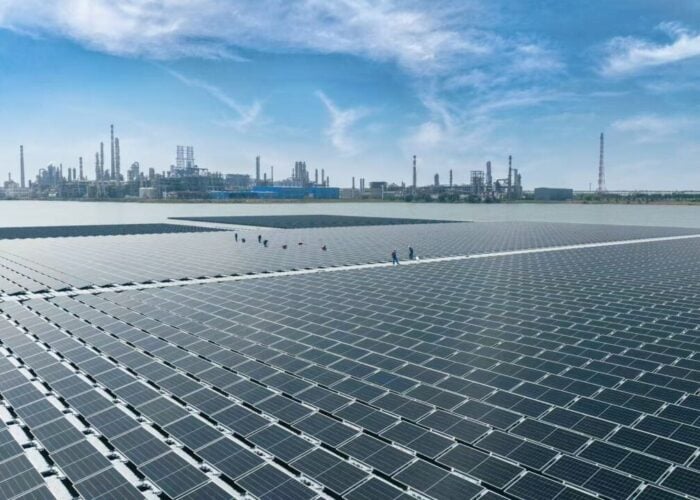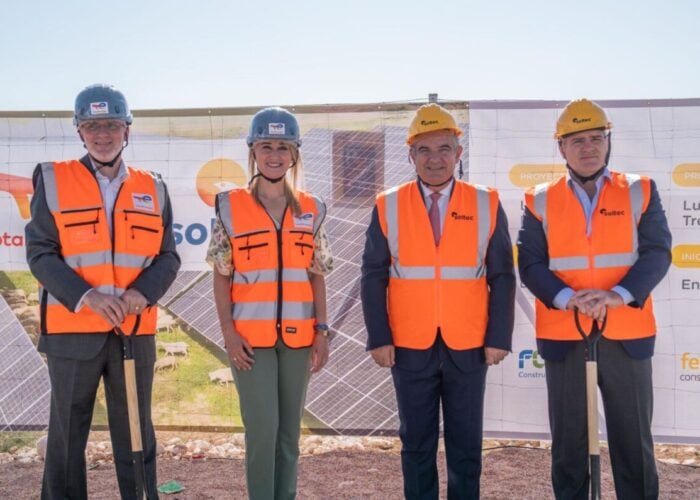
As 2021 draws to a close, PV Tech is reviewing the year in solar, reflecting on some of the biggest stories and hottest trends of the last 12 months. Following insights from Q1, Q2 and Q3, today’s review looks at the impact of soaring prices and logistics challenges during the fourth quarter.
Continuing a theme throughout the year, supply chain volatility and rising PV equipment prices pushed the industry towards what some manufacturers in China described as a crisis point, as they coordinated resources to stabilise supply while urging customers to delay projects.
Unlock unlimited access for 12 whole months of distinctive global analysis
Photovoltaics International is now included.
- Regular insight and analysis of the industry’s biggest developments
- In-depth interviews with the industry’s leading figures
- Unlimited digital access to the PV Tech Power journal catalogue
- Unlimited digital access to the Photovoltaics International journal catalogue
- Access to more than 1,000 technical papers
- Discounts on Solar Media’s portfolio of events, in-person and virtual
The challenges were compounded by a power crisis in China that saw the government order silicon metal suppliers to shutter or reduce their working hours, leading to a 9% leap in solar-grade polysilicon prices during one especially turbulent week that would lead to further price hikes further down the value chain.
Module manufacturers such as LONGi Green Energy, JinkoSolar, Trina Solar, JA Solar and Risen Energy warned that the result of soaring materials and logistics prices would result in “serious losses” among signed orders and “seriously endanger the… sustainable development of the industry”. They called on industry associations to assist in planning production capacities in advance and strike more of a balance between upstream and downstream supply and demand.
As module factory operating rates declined, some Chinese manufacturers opted to pause production of 156mm and 166mm related production lines, opting instead to prioritise 182mm and 210mm modules, while there were also reports of companies scaling back production expansion plans.
Despite these headwinds, manufacturers’ research and development teams continued their work on new modules, with JinkoSolar launching its Tiger Neo series, which adopts n-type tunnel-oxide passivated contact (TOPCon) technology and has a power output of up to 620W in mass production, and conversion efficiency of up to 22.3%.
The impact of surging materials and logistics costs also triggered disruptions downstream, with developers plagued by supply chain bottlenecks and rising solar project Capex costs. Analysis from Rystad Energy found that of 90GW of utility-scale PV projects planned to complete in 2022, 56% could be under threat due to supply chain volatility. Before the pandemic, shipping had a negligible impact on solar production costs, equivalent to around US$0.005/Wp, the research firm said, however this has jumped to US$0.03/Wp.
Nonetheless, Q4 saw scores of major new project announcements globally, perhaps most notably a 100GW solar and wind buildout now underway in a desert region of China. Announcing the mega-project in October, Chinese President Xi Jinping said the country is aiming to “vigorously develop renewable energy and make faster progress” in developing large-scale solar in desert areas. Having surpassed 259GW of deployed solar earlier in the year, China is looking to have 1.2TW of solar and wind capacity by 2030, by which time it hopes to have reached peak carbon emissions.
As well as the aforementioned headwinds, PV Tech reported on analysis published in October that revealed the performance of US solar assets against P50 estimates worsened over the last decade. Compiling learnings from operational assets with a total installed capacity of more than 10GW, the research from solar asset insurer kWh Analytics found that between 2011 and 2020, operational solar systems underperformed P50 estimates by between 5 – 13%, with performance worsening since 2016.
This could be due to either more aggressive P50 estimates being formulated towards the end of the decade as the industry has matured and/or more extreme weather events impacting performance, according to kWh Analytics, which warned the industry must intervene to avert any prospective loss of investor confidence.
On the policy front, reports emerged of more module manufacturers seeing some of their shipments into the US blocked in relation to the country’s Withhold and Release Order (WRO) issued earlier in the year, which banned silica-based products made by Hoshine Silicon Industry and its subsidiaries in response to allegations of the use of forced labour in China’s Xinjiang region. LONGi Solar revealed that it had around 40MW of solar components detained at five US ports from 28 October to 3 November.
With some US solar players left unprepared by the measures and scrambling to get all the information required to comply with US Customs and Border Protection, authorities published further details on the WRO, including guidance for importers on how to exercise reasonable care with regards to the order and including more flexible language concerning documentation that may be requested. The US Senate has since passed an act that will ban the import of products from Xinjiang unless there is “clear and convincing evidence” the goods were not made with forced labour.
Last month also saw the US reject a petition from an alliance of US companies that had been pushing for investigations into alleged circumvention of antidumping and countervailing duties (AD/CVD) on solar PV cells from China. The group, which remained anonymous, called for the Department of Commerce to determine whether imports of solar cells that have been further manufactured in Southeast Asia using wafers manufactured in China are circumventing the AD/CVD orders on solar cells from China. In a letter rejecting the requests, Commerce said the alliance’s designation of its members’ identities as “business proprietary information” was “unwarranted”.
In terms of recent technological developments, energy technology company AES this month launched a robot to support its teams in the construction of solar projects. Performing tasks such as heavy lifting and the attachment of modules, the artificial intelligence-enabled robot will make it faster and safer to build new plants, AES said.







